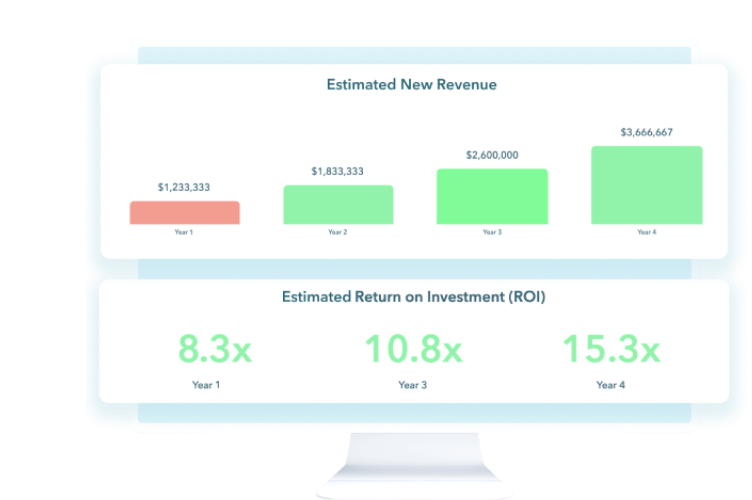 828 Views
828 Views  4 min read
4 min readIt’s always an uphill battle when marketing clean energy. Consumers have many misconceptions related to the costs and sustainability of green technology. So, how can you educate customers who don’t seem willing to listen? You just have to listen a little harder. More often than not, the biggest obstacle is connecting with customers. Why? Because marketers often find it difficult to see that their efforts are too company-focused. Recognizing the 5 following roadblocks is the first step in moving towards a consumer centric marketing strategy.
| Your technology is amazing. It has the power to save the environment and it offers an unlimited amount of energy. Why wouldn’t you want to let the world know? While your intentions are noble, people tend to care more about their own problems than the environment’s. In other words, they want to know, “What can you do for me?” The best way to answer this question is to offer a solution right off the bat. Leading in with “We can help you cut costs”, or better yet, “increase your profits” can work wonders. Once your customer knows that they are the center of attention, you can speak in more detail about exciting innovations like floating turbines and wave energy. |
| There’s no getting around it: Green energy is complicated. Some customers will be more knowledgeable of technical terms than others. But part of being consumer-centered is making sure that your message can be easily understood by just about anyone.Keep things simple. If the use of complex terminology is unavoidable, ease your clients into the world of green tech with content (ex: a blog or an eBook). Through content, you can paint a clear picture with relatable examples. |
| Many of your clients might not be well-versed in clean energy, but they are all masters of Google. You can be sure that they’ve read every argument against green technology on one site or another.Learn the specifics and sources of their information. This will allow you to better understand your customer’s perspective. Plus, if you approach your customer as an informed consumer, you generate instant rapport by making them feel like an expert. Who doesn’t like that? |
| Whether the emphasis is on lead nurturing, or a pressing quota, there’s one thing that both sides have in common: the customers!If marketing and sales don’t have a unified view of who their customers are, everybody loses. To foster a common vantage point, there needs to be a central base where the customer experience can be analyzed. Metrics aren’t only for marketers. Solving a client’s issue here and now isn’t a matter unique to the sales team. Let’s get on the same page and make our customers happy! |
| Consumer-centered marketing isn’t just an idea to keep at the forefront of your mind. It takes extensive strategy and planning to execute successfully. For each persona, detail the buyer’s journey along with customer questions. These questions can also be used as fuel for your content. Remember, the best content strategy provides relevant material with relevant solutions. |
Avoiding these roadblocks is a great way to start developing an approach to customer centric marketing. Don’t forget that these principles extend all the way to your website. The internet is likely the first place where your customers will begin to interact with your business. Start off on the right foot by offering content that is in-tuned with their wants and needs. To learn about what’s needed to develop an effective Content and Inbound Strategy, grab our free eBook here! If you have any questions about how to get started with an Inbound Strategy for your company, don’t be shy, reserve a time to speak with us here. We’re happy to help!
